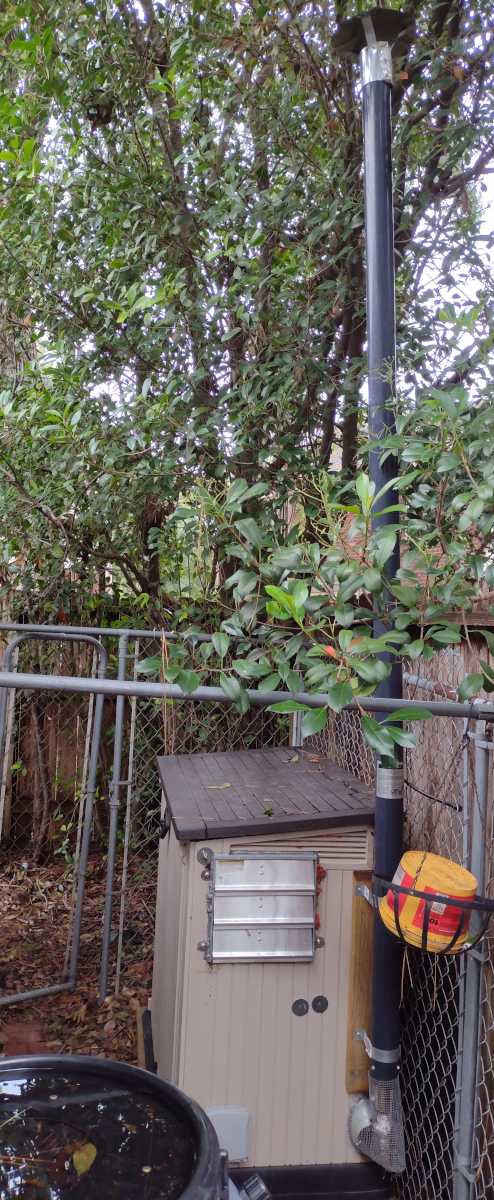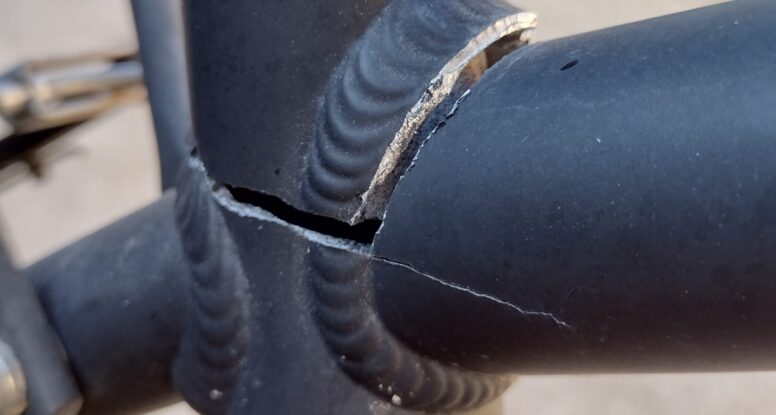I was asked by to moderate “The ArmadilloCon Story Game” as part of ArmadilloCon 2023, a spec-fic literary convention in which at least two panels were concerned with AI, so I decided to employ AI to facilitate the Mad Lib style brainstorming of this classic con game:
First, I asked ChatGPT for a selection of Mad Lib-style prompts suitable for the game and a science fictional story. Then I asked the audience for an Adjective, a superpower, a weakness, and the name of a planet.
Patrice Sarath and Michelle Muenzler brainstormed with input from the audience, while I moderated, transcribed, and interacted with the AI “Sudowrite” which works by accepting starting text, then suggesting two prose alternatives, one of which was chosen before inserting more prose and requesting more generates ideas and so on until the story is done. Here is what we came up with AI inspiration and human brainstorming and editorial clean up in the span of about 40 minutes…
Beginning prompt: Stupid aliens from the planet Garbanzo have invaded Earth. They possess incredible invisibility abilities that challenge humanity’s dog allergies. Jennifer and her dog, Nefertiti discover the evidence of the alien’s interference when Jennifer starts sneezing and some unseen someone says “bless you.”
1982, January 5th:
Jennifer rubbed her nose, trying to stifle another sneeze. “Nefertiti, did you hear that?” she whispered to her dog. “Someone said bless you, but I don’t see anyone here.”
Nefertiti’s ears perked up, and she began to sniff the air. Jennifer watched as her dog’s nose twitched, trying to pick up any scent of the invisible interloper.
Suddenly, Jennifer felt a tickle in her throat, and she let out a series of violent sneezes. “Achoo! Achoo! Achoo!”
As she wiped her nose with a tissue, Jennifer noticed a small, shimmering object floating in the air. The object seemed to be reflecting the light in the room, making it slightly visible to the naked eye.



 Then, they practice “sounding out” words by breaking them down into these sounds and blending them together to read the word. For example, they learn that “c” makes a /k/ sound, “a” makes an /a/ sound, and “t” makes a /t/ sound. Putting these together, they get the word “cat.”
Then, they practice “sounding out” words by breaking them down into these sounds and blending them together to read the word. For example, they learn that “c” makes a /k/ sound, “a” makes an /a/ sound, and “t” makes a /t/ sound. Putting these together, they get the word “cat.” because of trees downed across lines strung along a heavily wooded and somewhat overgrown road. Houstonians love their trees (I do too) and with the weather this close to the gulf, the generator I installed last summer has already been pressed into service five times, including the May 16 derecho that also left a million people in the dark. But Beryl was the first prolonged outage that forced us to really put the new emergency power system to the test, and so I thought it appropriate to post a little report, in case anyone cares to learn from my experience.
because of trees downed across lines strung along a heavily wooded and somewhat overgrown road. Houstonians love their trees (I do too) and with the weather this close to the gulf, the generator I installed last summer has already been pressed into service five times, including the May 16 derecho that also left a million people in the dark. But Beryl was the first prolonged outage that forced us to really put the new emergency power system to the test, and so I thought it appropriate to post a little report, in case anyone cares to learn from my experience.
